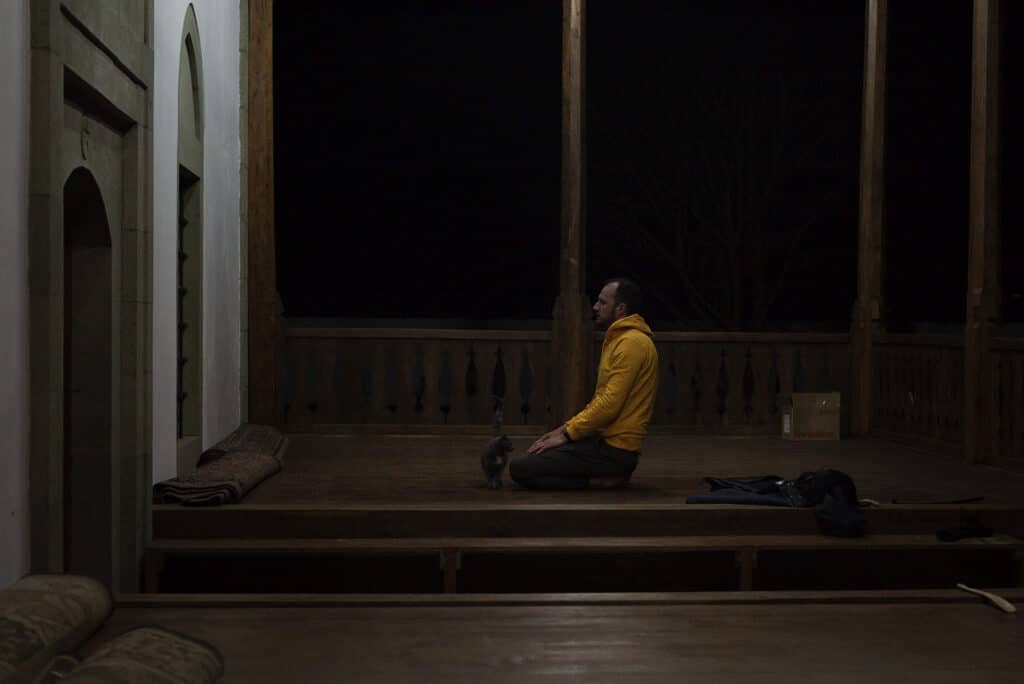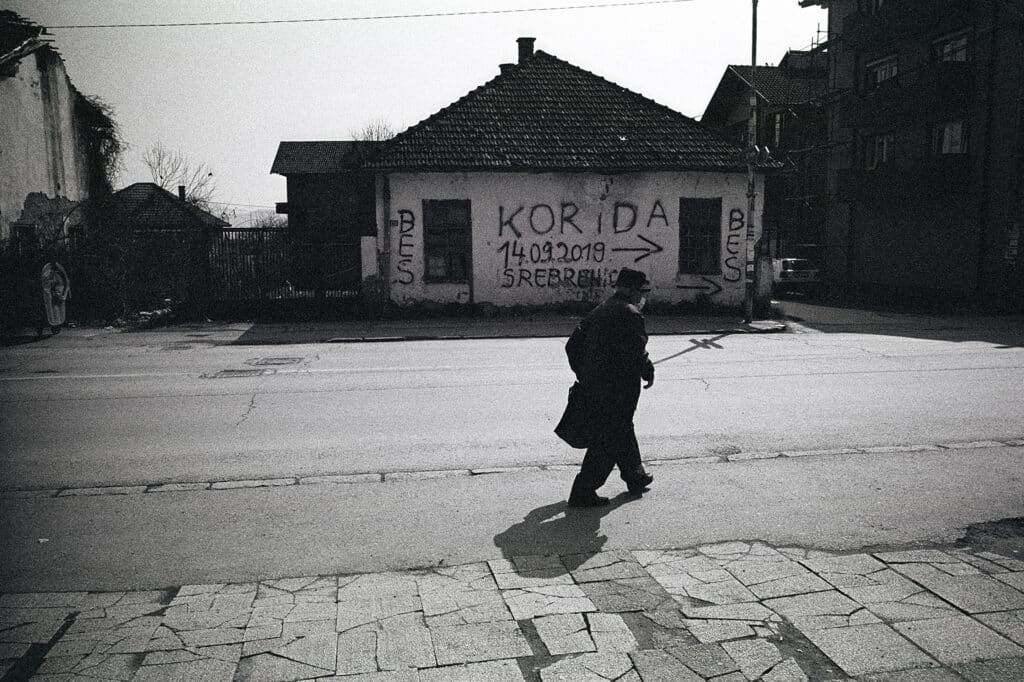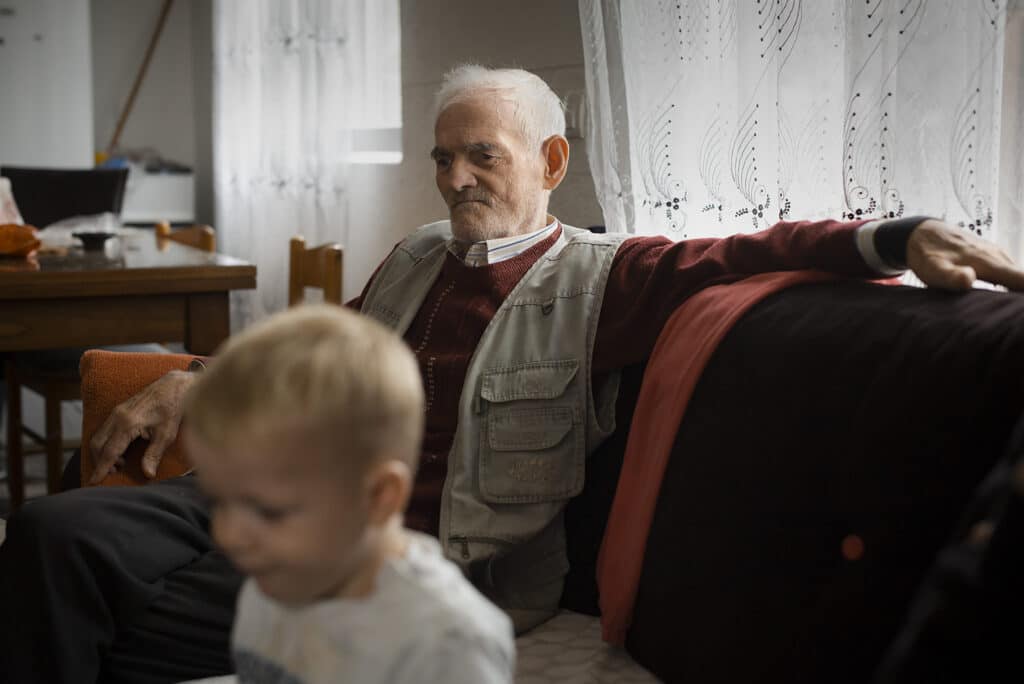“I was 24 when the first images of the siege of Sarajevo began to flood my memory”, says Fabrice Dekoninck, a 56-year-old French photographer. In 1992, he was enjoying life and his studies. However, that year war broke out in Bosnia-Herzegovina. Images of the massacres committed there began to flood in, leaving a lasting impression on him.
After a first project entitled Comme on peut (As We Can), carried out from 2011 to 2017 on the memories of the First World War, Fabrice Dekoninck returns with a new project in Bosnia-Herzegovina. Because he “never really understood what happened over there”, the photographer set out to meet the living witnesses of this horror. He wanted to keep a trace, and to understand what impact the memories of this period will have on the lives of the survivors as well as those “who will outlive them”, children and grandchildren.
These years spent on the ground, meeting the local people, have given him a better grasp of the issues at stake in a conflict that began with the collapse of the USSR, the result of the break-up of Yugoslavia and the new-found dreams of grandeur of Serbia and Croatia. It returns to the memory of those who survived the siege of Sarajevo, the ethnic cleansing of the Prijedor region and the genocide at Srebrenica.
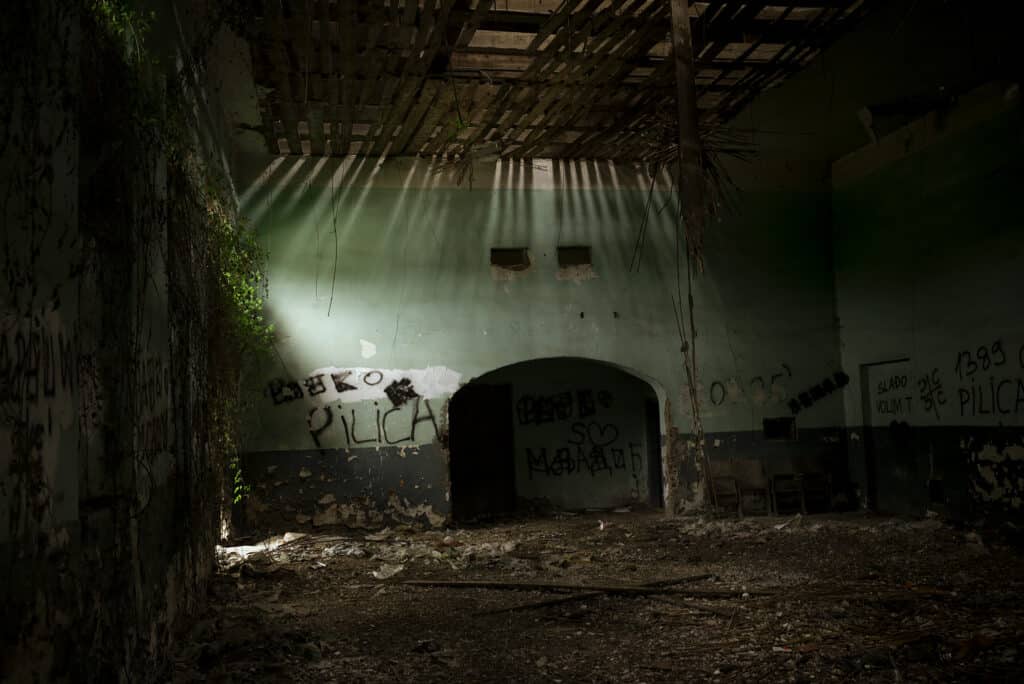
“Giving faces back to the dead”
“Understanding” is Fabrice Dekoninck’s watchword. To understand who the protagonists of this story are, and what their respective roles are. To understand how these memories – they are plural, different depending on the place and the person – influence people. To understand why they vary, why the reading of the same memory differs so much. Finally, to understand how this memory can lead, he hopes, to peace.
“Without that, we just end up with statistics”, laments the French photographer. This work of documenting memory helps to “put faces back on the dead”. Without trying to be sensationalist, Fabrice Dekoninck gives a little humanity back to the dead of this horror.
And who could tell this story better than the survivors themselves, or their children? The photographer spends several months at a time in the home of the same inhabitant. “We take the camera out after a few weeks of intimacy, not before”, he explains. Weeks during which photographer and subject get to know each other, learn to trust and respect each other.
Fabrice Dekoninck draws up portraits of people, traces of the war and places in situ. Objective portraits, faithful to the historical facts but not neutral. “Remaining neutral is detrimental to the truth”, he underlines. And despite the tensions, which are still there and even greater than during the war, despite the risk of the region flaring up again, Fabrice chooses hope. The hope of youth.
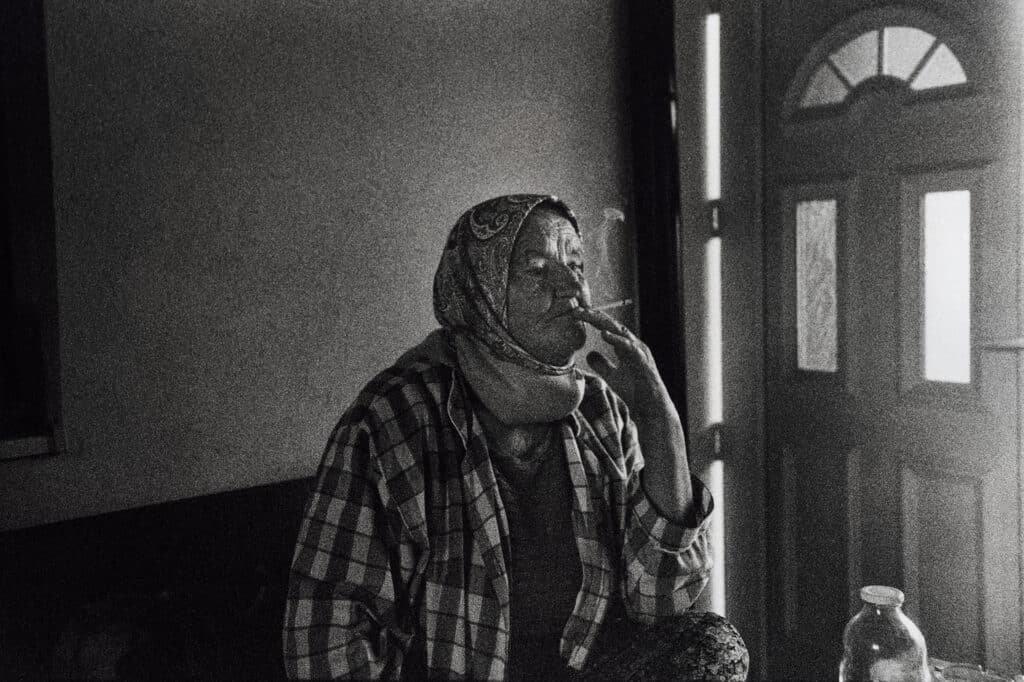
© Fabrice Dekoninck
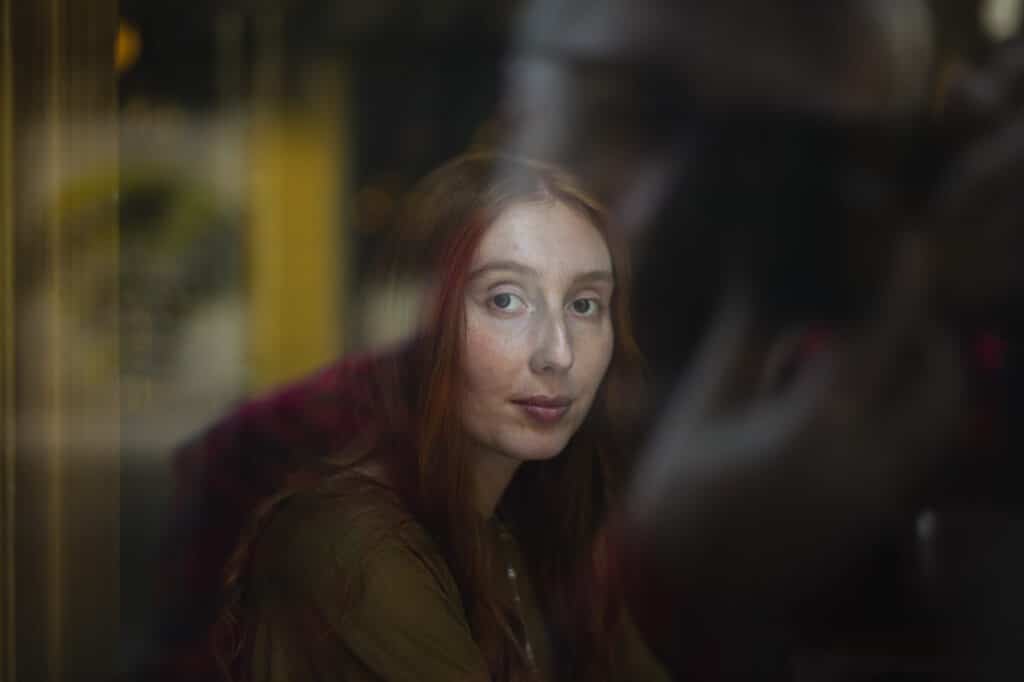
© Fabrice Dekoninck
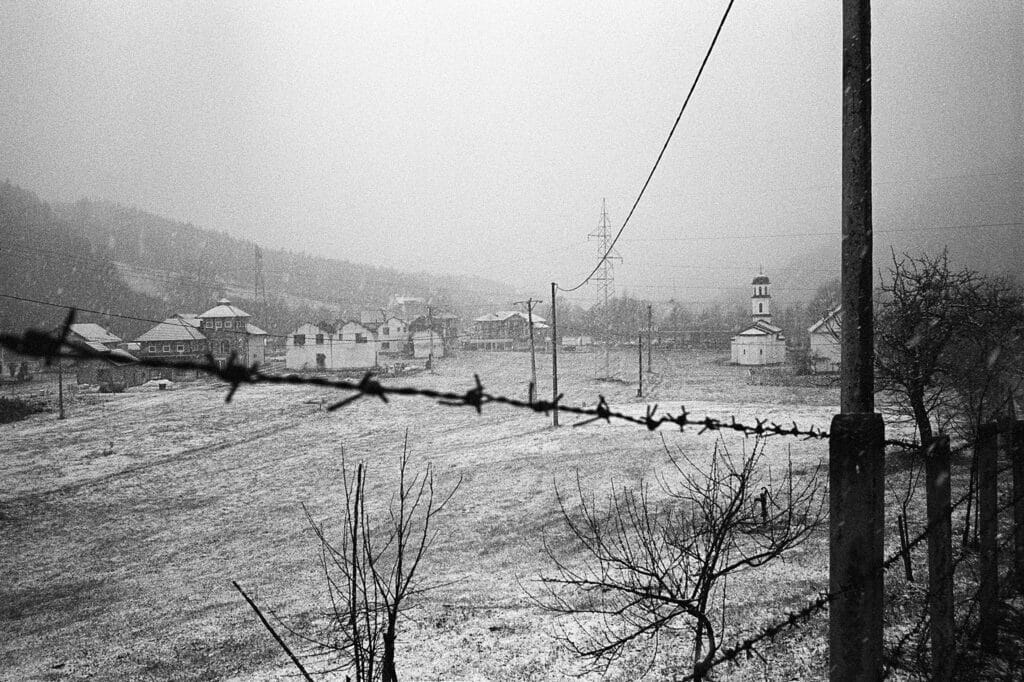
© Fabrice Dekoninck
The hope of the young
“There was a life here”, says the photographer. Despite the violence of the war, it was a gentle life. It used to be. A gentleness that is reflected in Fabrice Dekoninck’s work, far removed from the clichés of bullets and blood – although blood “still” often covers the walls and floors. This contrast is accompanied by a form of melancholy. “I’m not a very happy photographer. I could take beach photos on holiday, like a lot of people, but I don’t know how, it’s not my thing.”
Ahmed Hrustanović must have known this hope for lasting peace. Otherwise, would he have returned home? In this haunted house, where the traumas of the war still linger, a war he experienced when he was “only 7 or 8 years old”? Azra Muranović also experienced this hope when “Serbian soldiers came to her house when she was only 5 years old. To kill her and her family – the massacres were widespread, planned in advance. But a neighbour saved them.”
“Those who fled Ukraine, on the border with Poland, sometimes wearing nothing but slippers, with their pets in their arms, had the same words as those who remember the war in Bosnia-Herzegovina: they didn’t understand. How could a neighbour do this to them?” At a time when war seems to be making a comeback on Europe’s borders and threatening to overtake it, Fabrice Dekoninck’s work has a particular resonance.
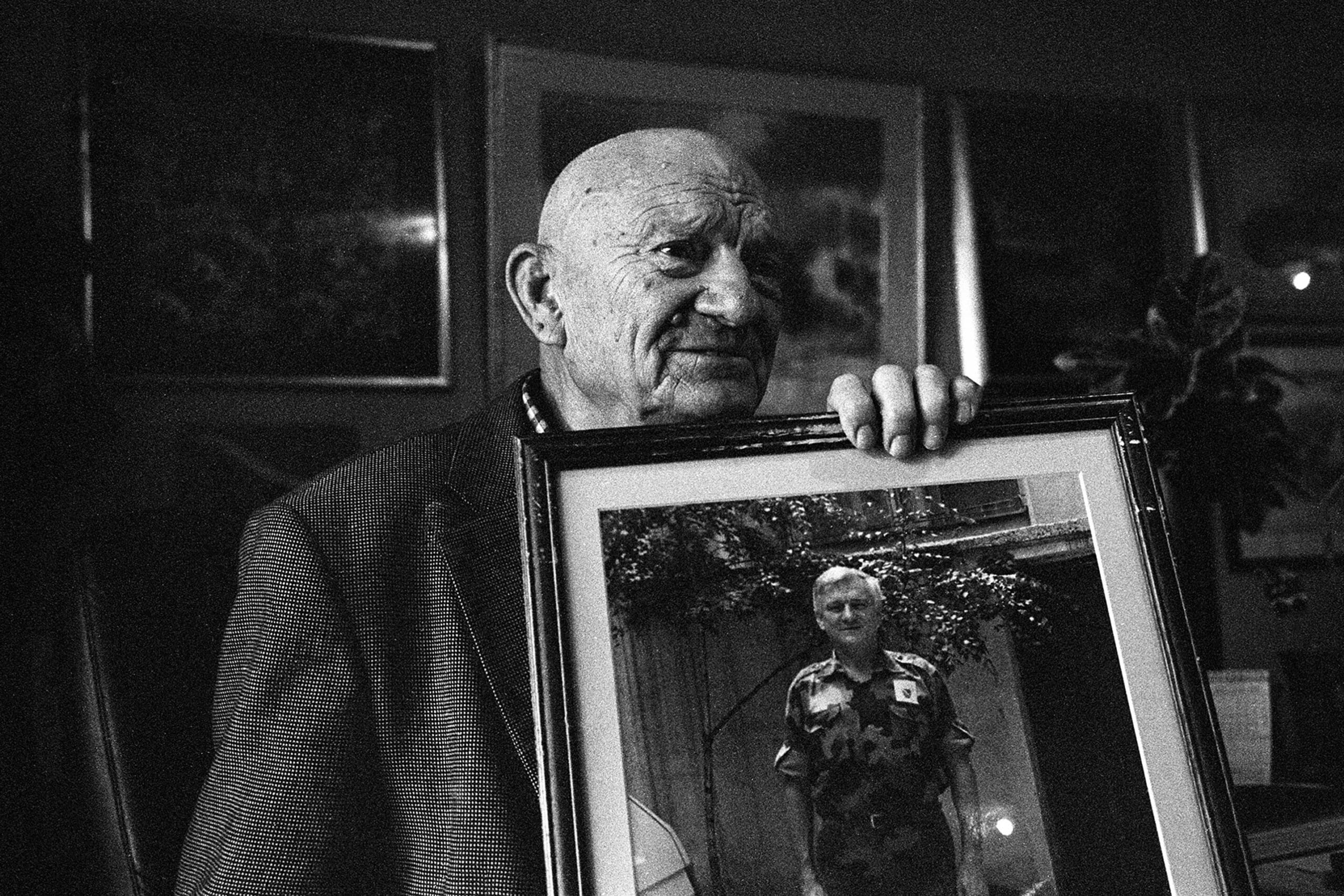
© Fabrice Dekoninck
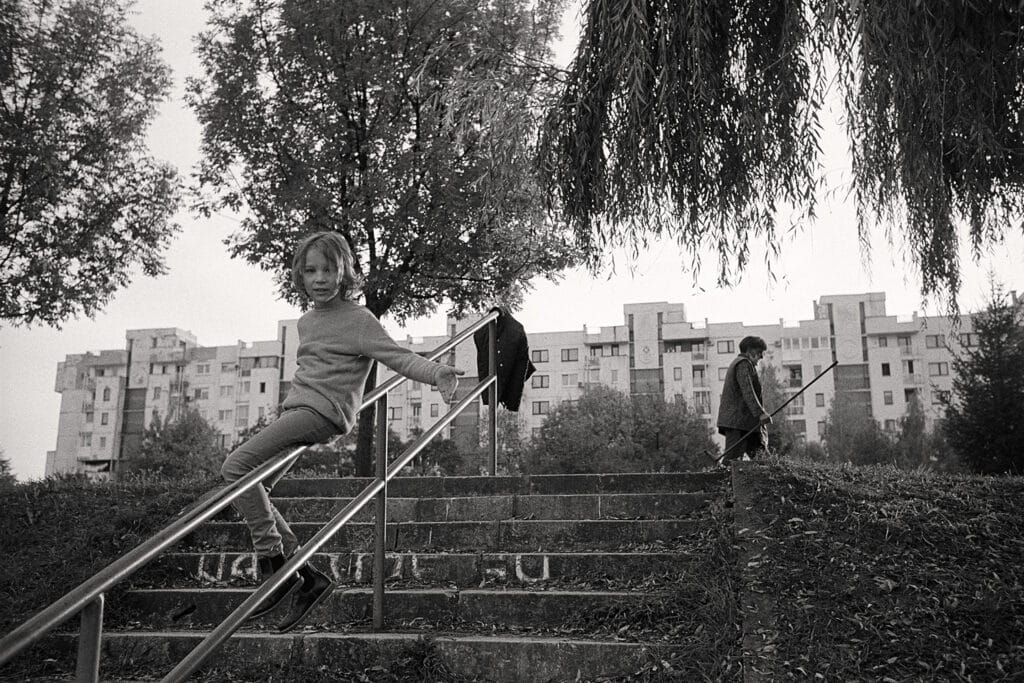
© Fabrice Dekoninck
Between Fears and Hope, Fabrice Dekoninck, Hemeria editions, Format 20 x 26 cm – 272 pages – 130 B&W and color photos, €59.

